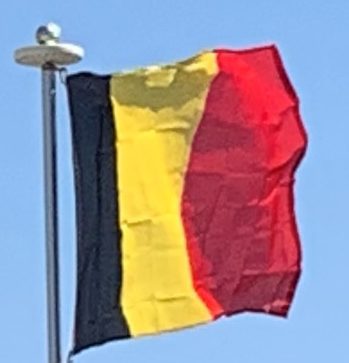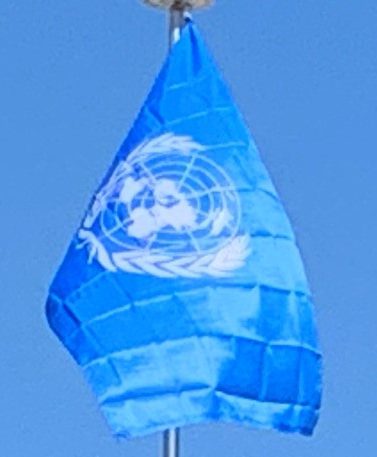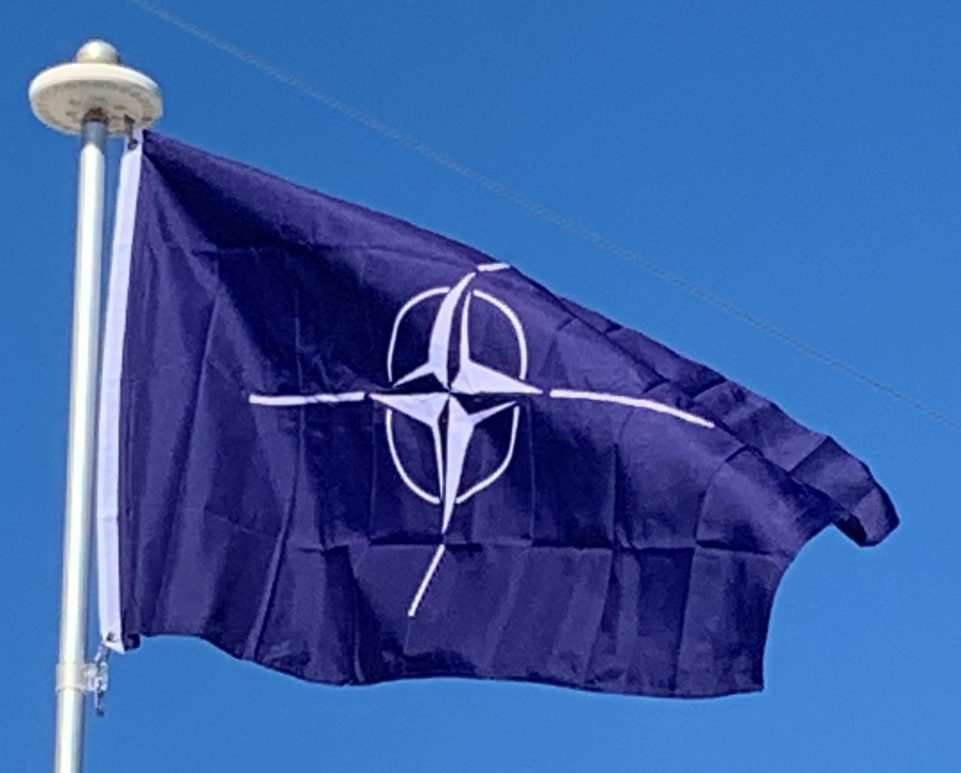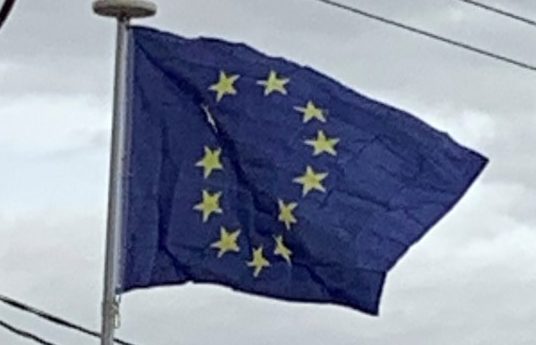Belgium
The national flag of the kingdom of Belgium is a tricolour of three bands of black, yellow, and red. The colours were taken from the coat of arms of the Duchy of Brabant, and the vertical design may be based on the flag of France. When flown, the black band is nearest the pole (at the hoist side).
After the death of Charlemagne, the present-day territory of Belgium (except the County of Flanders) became part of Lotharingia, which had a flag of two horizontal red stripes separated by a white stripe. The territory then passed into Spanish hands, and after the coronation of Charles V, Holy Roman Emperor yellow and red, the colours of Spain, were added. From the 16th century to the end of the 18th century, the colours of what is now Belgium were red, white and yellow. Occasionally the red cross of Burgundy was placed on the white section of the flag.
During the period of Austrian rule, a number of different flags were tried, until the Austrian Emperor imposed the Austrian flag. The population of Brussels was opposed to this, and following the example of France, red, yellow and black cockades began to appear; those being the colours of Brabant. The colours thus correspond to the red lion of Hainaut, Limburg and Luxembourg, the yellow lion of Brabant, and the black lion of Flanders and Namur.
On 26 August 1830, the day after the rioting at the Brussels Opera and the start of the Belgian Revolution, the flag of France flew from the city hall of Brussels. The insurgents hastily replaced it with a tricolour of red, yellow and black horizontal stripes made at a nearby fabric store.
On 23 January 1831, the stripes changed from horizontal to vertical, and on 12 October the flag attained its modern form, with the black placed at the hoist side of the flag.



